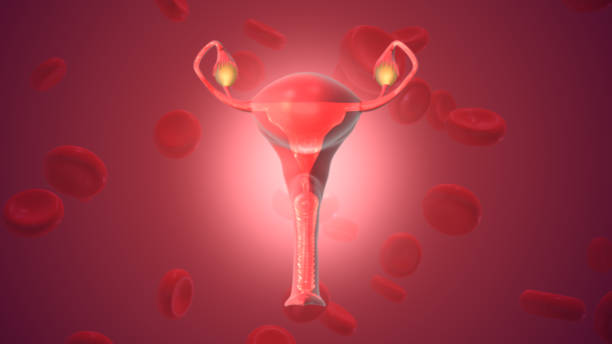Vaginal tightening treatment have become a popular topic of discussion among women seeking to enhance their intimate well-being. These treatments aim to address concerns related to vaginal laxity, which can occur due to various factors such as childbirth, aging, or hormonal changes. In this article, we will explore the different options available for vaginal tightening treatments, their benefits, and important considerations for those considering such procedures.
Causes of Vaginal Laxity:
Vaginal laxity is often a natural consequence of life events such as childbirth, where the muscles and tissues in the pelvic floor may stretch and become less firm. Other factors, such as hormonal changes during menopause or simply the aging process, can also contribute to a feeling of looseness in the vaginal area. Women experiencing these concerns may turn to vaginal tightening treatments to regain confidence and improve their overall well-being.
Non-Surgical Vaginal Tightening Options:
a. Laser Therapy: Laser treatments for vaginal tightening have gained popularity in recent years. These non-invasive procedures use laser technology to stimulate collagen production in the vaginal tissues, promoting increased tightness and elasticity.
b. Radiofrequency Therapy: Radiofrequency treatments work by delivering controlled heat to the vaginal tissues, encouraging collagen remodeling and promoting a tightening effect. This non-surgical option is often preferred by those looking for minimal downtime and a quicker recovery.
c. Kegel Exercises: While not a direct medical treatment, Kegel exercises can play a significant role in strengthening the pelvic floor muscles. Regular practice of Kegel exercises may contribute to improved vaginal tone and tightness.
Surgical Vaginal Tightening Options:
a. Vaginoplasty: Vaginoplasty is a surgical procedure that involves tightening the vaginal muscles and reducing excess tissue. This option is more invasive compared to non-surgical alternatives and is typically recommended for more severe cases of vaginal laxity.
b. Labiaplasty: While not directly addressing vaginal tightness, labiaplasty is a surgical procedure that focuses on altering the size or shape of the labia. In some cases, women may opt for labiaplasty alongside vaginal tightening treatments for a comprehensive enhancement.
Benefits of Vaginal Tightening Treatments:
a. Improved Sexual Function: Many women report enhanced sexual satisfaction and pleasure after undergoing vaginal tightening treatments.
b. Increased Confidence: Addressing concerns related to vaginal laxity can boost self-esteem and confidence in intimate relationships.
c. Non-Invasive Options: Non-surgical treatments provide alternatives for those who prefer to avoid the risks and downtime associated with surgical procedures.
Important Considerations:
a. Consultation with a Healthcare Professional: Before undergoing any vaginal tightening treatment, it is crucial to consult with a qualified healthcare professional to determine the most suitable option based on individual needs and health considerations.
b. Realistic Expectations: While these treatments can yield positive results, it’s important to have realistic expectations and understand that individual outcomes may vary.
c. Potential Risks and Side Effects: Both surgical and non-surgical procedures carry potential risks and side effects. Understanding these factors and discussing them with a healthcare provider is essential.
Conclusion:
Vaginal tightening treatments offer viable solutions for women seeking to address concerns related to vaginal laxity. Whether opting for non-surgical or surgical options, individuals should prioritize consultations with healthcare professionals to make informed decisions based on their unique circumstances. As with any medical procedure, careful consideration, realistic expectations, and a focus on overall well-being are crucial aspects of the decision-making process.


